Pastina is to Italy what chicken noodle soup and/or matzo ball soup is to America: a cure-all when sick, comfort food for all other times and all other people, including infants. It’s not soup but also not quite pasta; it’s more like grits or polenta, really, just without the coarse texture. It’s pasta as porridge—and a blank template on/with which you can do whatever you want. For us, that’s combining the texture of pastina with the flavors of broccoli cheddar soup, for which you can use leftovers from our recipe or just a can of the premade stuff already in your pantry; you can also leave the broccoli cheddar out and go classic, with just some cheese and pepper (see Adapt section). We also have a pumpkin pastina recipe you should definitely check out.
Know before you go: pastina is the name for this dish but also refers to the general category of teeny tiny pasta shapes used to make it (and other Italian soups). That includes likely-familiar shapes to you, such as orzo and ditalini, but also many others that you might not know, such as stelline; we used acini de Pepe in the version in the photos for this recipe, which looks more like pearl couscous than, you know, pasta. The shape is irrelevant to the texture of the dish, which is all in the process by which you cook it; that said, if you want it to look more like polenta or grits than rice or noodles, seek out pasta identified as Pastina, which Barilla and others do make.
🥣 The Ultimate Pasta for Infants and Toddlers
Simple, comforting, and endlessly spoonable, this pasta for infants and toddlers is a homemade take on boxed mac and cheese—with better ingredients and no extra fuss. Made with tiny pastina (or acini di pepe), sharp cheddar cheese, and a few subtle flavor enhancers, it’s a recipe designed with babies and toddlers in mind: soft texture, mellow taste, and just enough variety to get them used to real food.
What makes this pasta for infants and toddlers so successful is how it balances nutrition, flavor, and texture in a way that’s developmentally appropriate. There’s no salt, no processed cheese, and no roux—just a silky, melty dish that can be pureed for babies or served chunky for toddlers learning to self-feed.
🧀 Ingredients Summary
You only need a few pantry staples for this cozy pasta:
- Tiny pasta like acini di pepe or pastina
- Vegetable broth or water (broth gives a flavor boost!)
- Shredded cheddar cheese
- Black pepper and parsley flakes (optional but baby-safe)
Everything simmers in one pot, absorbs beautifully, and finishes creamy without any draining or sauce-making.
🍽️ Quick Steps Overview
- Simmer the pasta in water or broth until most of the liquid is absorbed.
- Turn off the heat and stir in cheese.
- Mix until melted and creamy.
- Add optional black pepper or parsley and serve warm.
The final result is velvety and clingy enough to scoop, mash, or eat with fingers. This pasta for infants and toddlers is ready in about 10 minutes—making it perfect for busy weekdays, sick days, or a warm-up to solids.
❓ FAQ: Pasta for Infants and Toddlers
What’s the best age to introduce this?
Once baby has been exposed to all the ingredients and is comfortable with thicker purées or mashable textures—typically around 9–10 months.
Can I use water instead of broth?
Yes, but low-sodium veggie broth gives a more flavorful result without salt. It’s a great way to introduce savory notes without added seasoning.
Can I add vegetables?
You can fold in puréed or finely mashed peas, carrots, or spinach to boost nutrition.
How long does it keep?
3–4 days in the fridge. Reheat with a splash of water or milk to loosen.
Can I freeze this?
Yes, in small, airtight containers. The texture may soften but will remain spoonable.
Related Links
What to Serve with Pastina
- Easy Salmon Bites for Toddlers – Healthy, High-Protein Finger Food — Tender, oven-baked salmon bites flavored with teriyaki and everything bagel spice, offering a protein-rich option that’s both toddler-friendly and delicious.
- Peanut Butter Stew Is An Unexpectedly Great Toddler Dinner — A hearty stew combining chicken, vegetables, and peanut butter, offering a protein-rich meal with a familiar flavor profile for toddlers.
- How To Make Toddler Butter Chicken — A creamy and mild version of the classic Indian dish, tailored for toddlers to introduce them to new spices and flavors.
More Recipes Like This
- A Healthier and Veggie-r Broccoli Cheese Soup
Looking for the more traditional take on the pastina recipe’s flavors? Here’s a lighter but still Panera-level take on this rich and cheesy soup. - A Chicken and Rice Soup To Feed Your Baby
A comforting and nourishing soup combining tender chicken, rice, and aromatic spices, suitable for both adults and little ones. - Yogurt Soup: It’s So Much More Than You Think
A soothing and easy-to-digest soup made with yogurt and rice, offering a comforting meal option for young children.
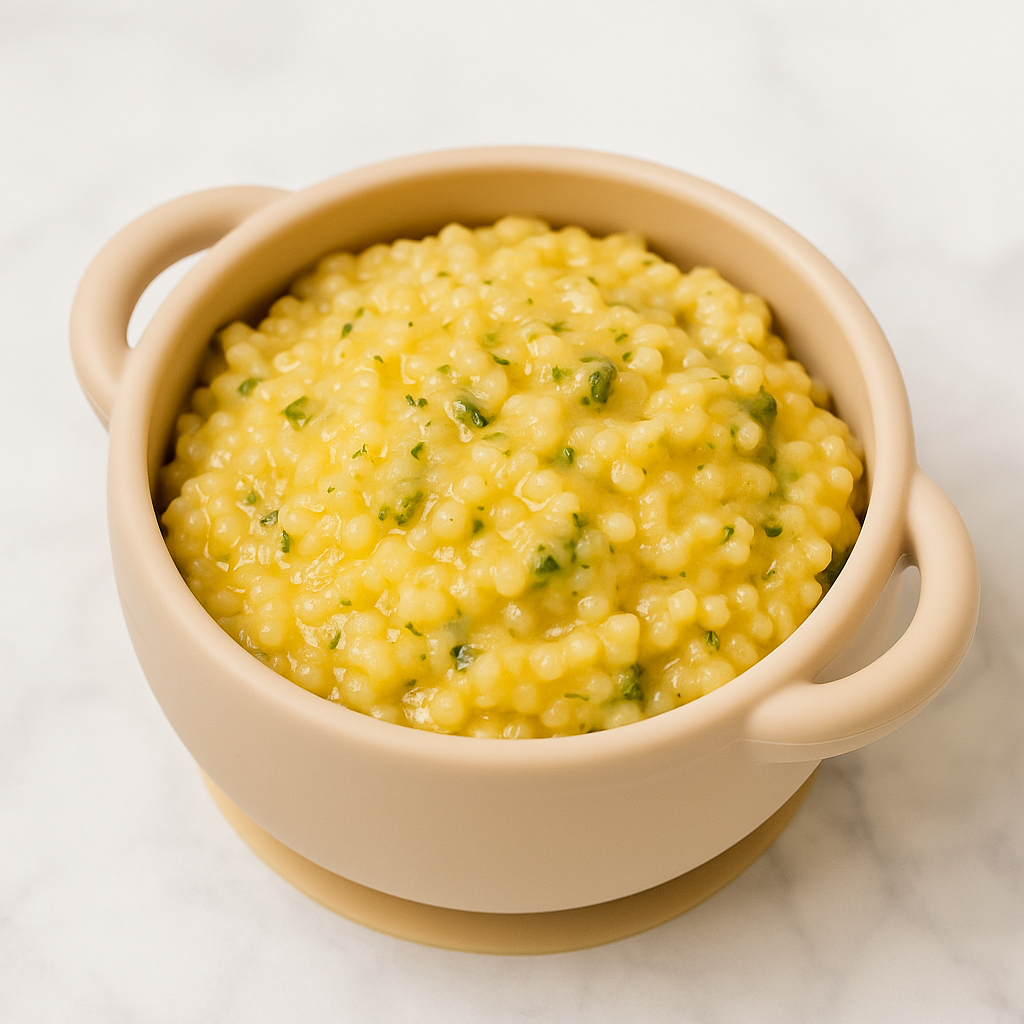
How To Make Pasta for Infants and Toddlers (Pastina)
Description
A fun and novel take on pastina, with a texture like couscous and a flavor like broccoli and cheddar soup. Pro tip: if your child is sick and/or looking for soup, add more broth to the finished product to make it soupier.
Ingredients
If making with a dry soup base
If making with a liquid base/can of soup (or leftovers of our Broccoli Cheddar soup recipe)
Instructions
Prep, Cook, and Assemble
-
Crack the egg into a small bowl and whisk until completely combined.
-
In a small or medium saucepan, bring the broth/stock and soup base (if using a liquid base) to a boil. If using a dry base, add in once the broth begins to boil.
-
Pour in pastina and reduce boil to a simmer by turning heat to a bit below Medium Low. Cook, stirring frequently, until the liquid in the pot is at level with the pasta, roughly 5-6 minutes. Turn off heat.
-
Add in the butter and stir until melted/blended in with the pasta.
-
Add in as much cheese as you desire and stir until blended in with the pasta.
-
Add in the egg and stir until blended in with the pasta.
-
If dry when finished mixing, or if it has been sitting for a while, add a splash or milk or two and stir to make soft again.
Serve
-
Plate and present immediately: it can go gummy fast. Top with a spritz of lemon and a bit of pepper; you can also offer or go ahead and mix in a bit of tomato sauce if your child is accustomed to and/or prefers waiting pasta this way. An extra shot of cheese never hurt anything (or one), either.
Adapt
-
If you don’t have broccoli cheddar soup and/or just don’t want that flavor involved here, just cook the pasta in 16 ounces of broth without any of those additions; the rest of the ingredients and process stay the same. If you’re the sort who needs/wants to stick veggies in everything, there’s an easy way to do it here: steam a heap of cauliflower and/or carrots until soft; allow to cool. Add to your blender with one cup of broth or water, and blend until smooth; add additional broth as needed for a thinner liquid. Cook the pasta in this liquid.
Nutrition Facts
Servings 3
Serving Size 1 small bowl
- Amount Per Serving
- Calories 100kcal
- % Daily Value *
- Total Fat 3.5g6%
- Sodium 35mg2%
- Potassium 90mg3%
- Total Carbohydrate 17g6%
- Dietary Fiber 1g4%
- Protein 4g8%
- Vitamin A 125 IU
- Calcium 90 mg
- Iron 0.75 mg
* Percent Daily Values are based on a 2,000 calorie diet. Your daily value may be higher or lower depending on your calorie needs.
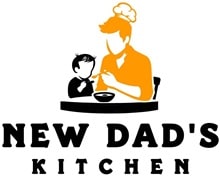



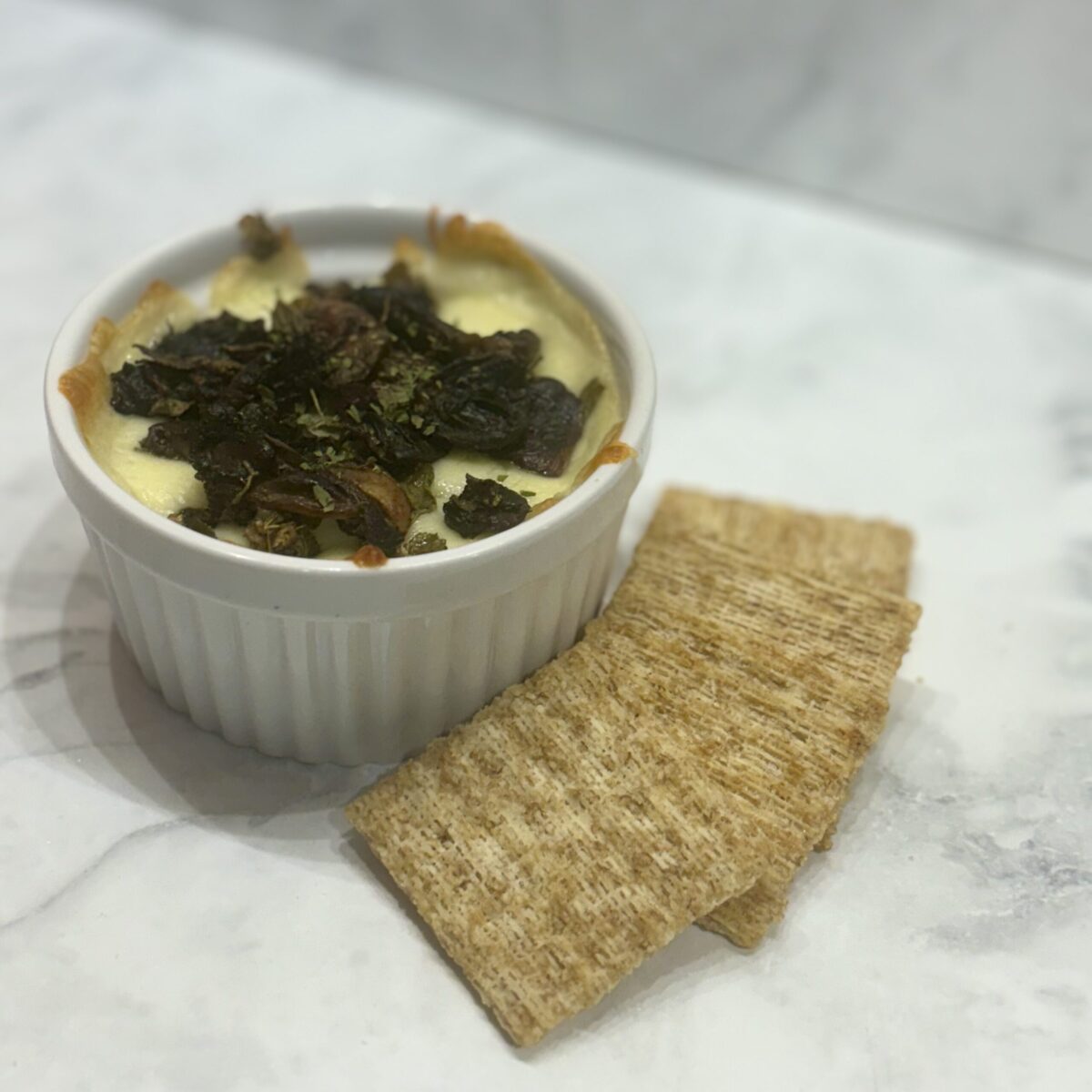

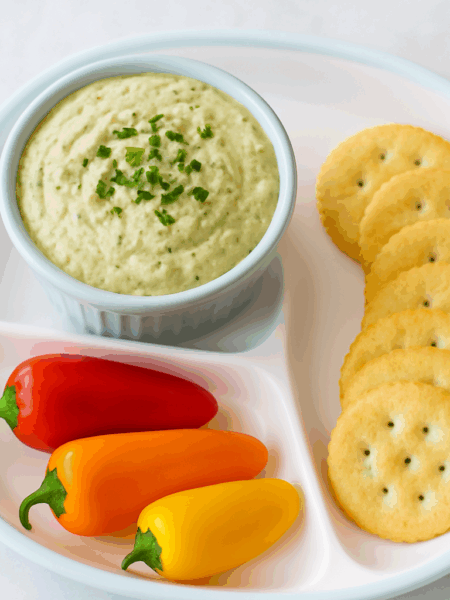
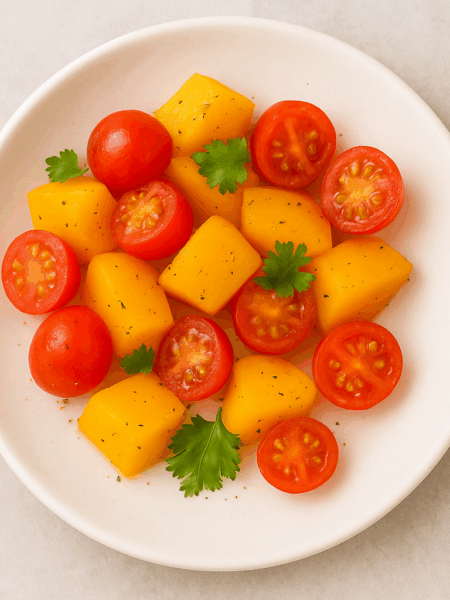
User Reviews
This is more like a rice dish than the soup versions I’ve had, but it was really good and my daughter quite liked it. Could see us doing this as a side dish regularly tho I’ll also try to make more of a soupier version the next time one of my kids gets sick.
We liked this better than the soupy versions!